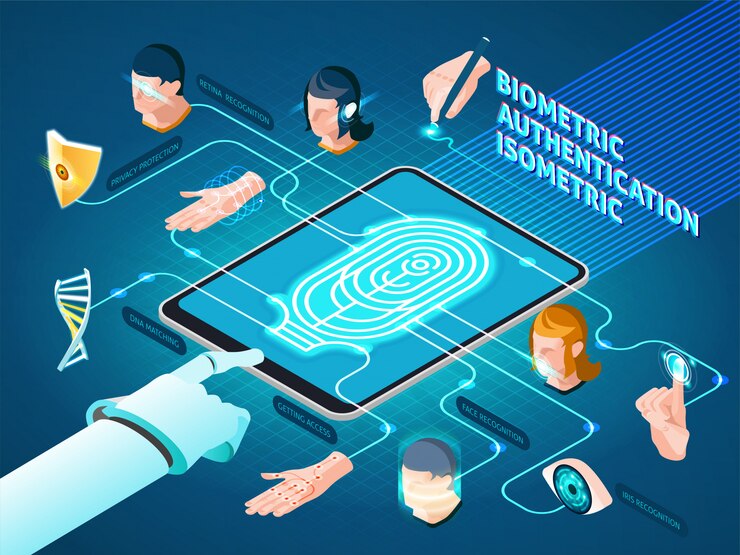
How does biometric authentication work?
Data Collection: First, the individual’s biometric data is collected. This data may include unique physical characteristics of the individual, such as fingerprints, signatures, eye movements, or internal facial features.
Process: Then, this biometric data is processed using special algorithms. These algorithms transform the data into a unique extract that can be used to identify the individual.
Identification: In the final step, the individual re-provides his/her biometric data. This data is mixed with previously stored data and a match is tried to be obtained. If the data matches, authentication is successful.

How is biometric data stored?
Storage in a database: Biometric data can be stored in a simple database, which contains a referenced list of users’ biometric profiles. Such databases can take many forms, such as server-side databases or local storage.
On-device storage: Some devices can store biometric data locally, such as a smartphone, tablet, or other device. This data is stored on the user’s device and processed there only.
Encrypted Storage: Encrypted technology is used to store biometric data so that it remains secure. In this, the data is hidden with a special code which can be opened only by authorized users.
Hardware-based storage: Some devices can store biometric data locally in their self-built memory, which is protected with special security mechanisms.

